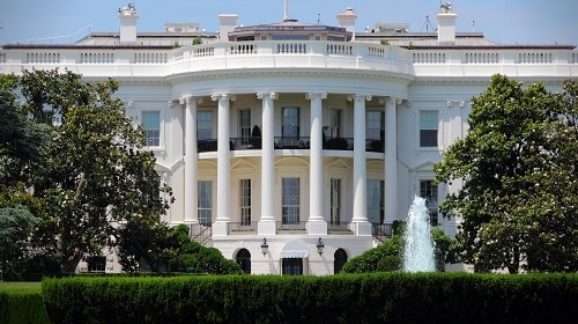Energy Policy in Trump’s First 100 Days

 Next Saturday, April 29th, will mark the end of President Trump’s first 100 days in office. He has taken several significant actions in energy and climate policy, and seems to be on a roll. What really matters, of course, is how much he accomplishes during the next two to four years, and how much of his energy agenda endures after that.
Next Saturday, April 29th, will mark the end of President Trump’s first 100 days in office. He has taken several significant actions in energy and climate policy, and seems to be on a roll. What really matters, of course, is how much he accomplishes during the next two to four years, and how much of his energy agenda endures after that.
E&E Daily reporter Arianna Skibell reminds us that the 100-day benchmark originated with President Franklin Delano Roosevelt, who pushed Congress to enact 15 major pieces of legislation—the foundation of what became the New Deal—within 100 days of taking office. The conditions for that achievement—a highly visible domestic crisis and large congressional majorities favoring the president’s agenda—have no analogue today. Journalists and pundits persist in comparing presidents based on their first hundred days partly because of the influence of pro-New Deal historians, who popularized that metric to ensure that F.D.R.’s early legislative accomplishments would always seem especially impressive.
That said, President Trump has shown himself to be a high achiever in politics no less than in business. According to the White House press office, Trump has:
- Worked with Congress to enact more legislation and signed more executive orders in his first hundred days than any president in a half century;
- Worked with Congress to enact 28 pieces of legislation, more than any other president since Truman;
- Signed 25 executive orders, the most of any first 100 days in over 50 years (will be over 30 by day 100); and
- Removed more job-killing regulations through legislation than any president in U.S. history.
On energy and climate policy, Trump has taken big steps to change the direction of the country. His March 28th Energy Independence Executive Order:
- Directs the Environmental Protection Agency to review and, if appropriate, suspend, revise, or rescind the Clean Power Plan and related rulemakings;
- Disbands the Obama administration’s Interagency Working Group on the Social Cost of Carbon;
- Lifts the Obama administration’s coal leasing moratorium on federal lands;
- Directs the Department of Interior to review, and if appropriate, suspend, revise, or rescind Obama administration regulations restricting oil and gas exploration on federal lands;
- Overturns Obama’s climate policy executive orders; and,
- Directs executive agencies to “review all existing regulations, orders, guidance documents, policies, and any other similar agency actions … that potentially burden the development or use of domestically produced energy resources, with particular attention to oil, natural gas, coal, and nuclear energy resources.”
In addition, Trump approved permits for the Dakota Access Pipeline and Keystone XL Pipeline, ending the Obama policy of inviting anti-growth activists to block and delay investment in critical energy infrastructure. He eliminated the Stream Protection Rule, which threatened the viability of Appalachian coal mining. He directed the EPA to reexamine its de-facto fuel economy standards for model years 2022-2025 motor vehicles, which auto companies warn would price low-income households out of the market for new cars. Trump also directed the EPA to review the Waters of the United States rule, which endangers property rights by expansively redefining “navigable waters of the United States” to include seasonal ponds unconnected by streams to navigable waters.
The one critical energy and climate issue on which Trump has not yet taken action is the Paris Climate Agreement. As my colleague Chris Horner and I discussed previously:
Withdrawing the United States from this treaty would put a stop to Obama’s attempted end-run around the constitutional treaty process, and ensure that elections, not U.N.-organized, political pressure campaigns, determine the direction of U.S. domestic economic and energy policy. If President Trump fails to do this, domestic and foreign opponents of Trump’s energy policies and possibly activist courts can continue to invoke this “international commitment,” and any future U.S. administration will have free rein to pick up where Obama left off.
President Trump’s energy and climate record is one of solid achievement so far. However, until Trump cancels America’s participation, the Paris Agreement will provide the framework for global political pressure campaigns directed against Trump’s pro-growth energy agenda and legal pretexts for rebooting the EPA as the nation’s unlawful climate legislator.